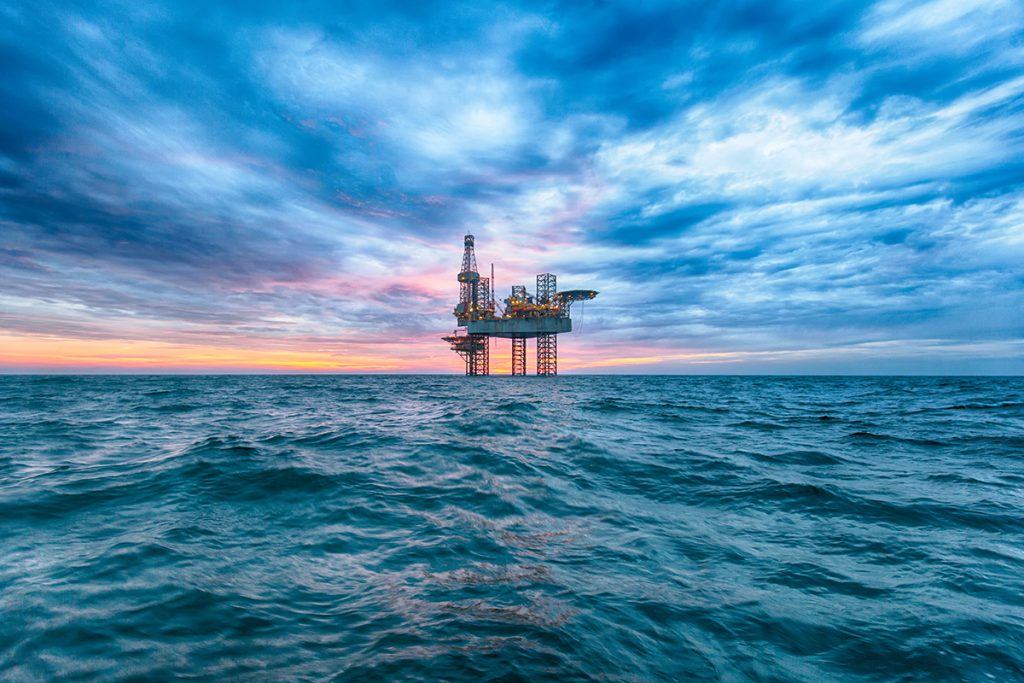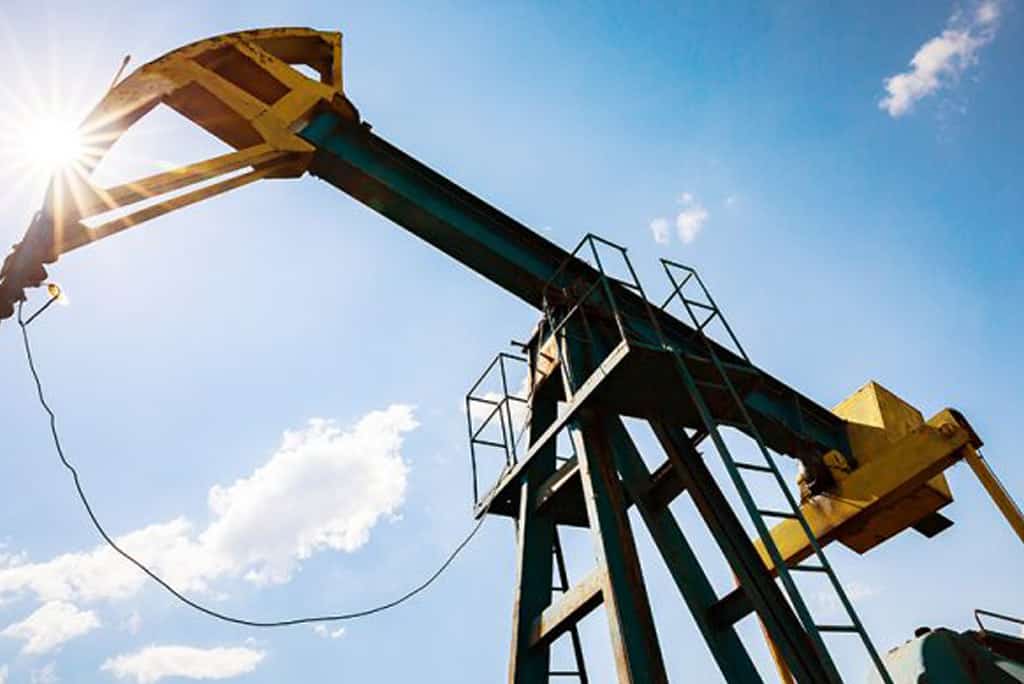If exploration is successful and oil or gas is discovered, a wellhead is placed on the surface to maintain control of the well and the well is pressure-tested to ensure that it is safe.
The wellhead contains barriers, valves, seals, and a gas/water separator. It allows the pressure of the well and the flow of fluids to be controlled at the surface.
Types of gas wells

If sufficient volumes of oil or gas are found, the well can be connected to a pipeline so that petroleum can be transported to markets and refineries. This may require building a new pipeline or connecting the well to an existing pipeline.
Oil is generally piped to a refinery for processing into more useful products such as petrol, diesel fuel, liquefied petroleum gas (LPG), heating oil, kerosene and asphalt base. But it can also be piped to a shipping terminal for shipment to an Australian or overseas refinery.
If the natural gas is bound for the export market, it must be first cooled in an LNG plant to turn it into a much denser liquid and then loaded on to ships to be transported to customers overseas.
Read more about production by clicking on the links below.

Hydraulic fracturing
The hydraulic fracturing process – also referred to as ‘fraccing’ or ‘fracking’ – is used to increase the flow of oil and gas to a well, increasing production and reducing the total number of wells needed to develop a resource. It allows commercialisation of low permeability reservoirs in which oil and gas do not easily flow.

Environmental management
The Australian oil and gas industry has a strong commitment to high environmental standards and minimising environmental impacts.
In addition to the mandatory regulatory requirements for offshore operations and across onshore all states and territories in Australia, many oil and gas companies commit themselves to voluntary codes of practice to reinforce the industry’s commitment to the safe and environmentally responsible extraction of oil and gas resources.
